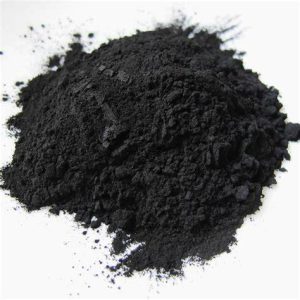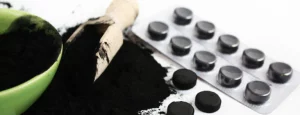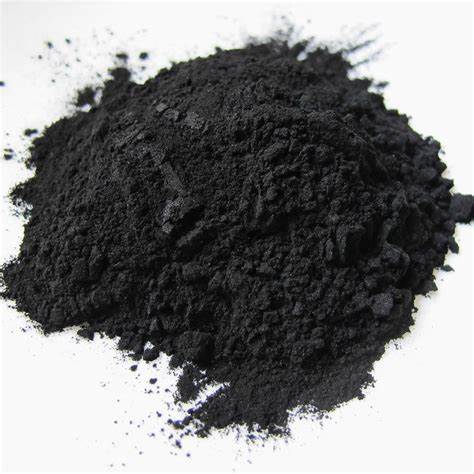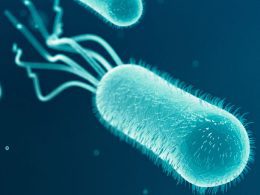Introduction
In the world of wellness and health, activated charcoal has garnered significant attention. But what exactly is activated charcoal, and how is it created? To truly appreciate its potential health applications, we need to start at the beginning. In this introduction, we’ll unveil the basics of activated charcoal – what it is, how it’s made, and set the stage for delving into its intriguing health uses.
The Genesis of Activated Charcoal
Activated charcoal, often simply referred to as “charcoal,” is not the same as what you use for grilling. It’s a specialized form of carbon that’s been processed to increase its surface area and make it highly porous. This unique structure is what gives activated charcoal its remarkable properties.
Creation of Activated Charcoal
The process of creating activated charcoal typically involves:
- Raw Material: Charcoal is made from various organic materials, including wood, coconut shells, and peat.
- Activation: The charcoal is heated to a high temperature, sometimes in the presence of gases like carbon dioxide or steam. This activation process causes the charcoal to expand and develop numerous tiny pores on its surface, greatly increasing its surface area.
- Finishing: After activation, the charcoal is often finely ground to produce a powder or can be used in its granular form.

https://healthjade.com/wp-content/uploads/2017/11/activated-charcoal.jpg
The Porous Marvel
The defining feature of activated charcoal is its porosity. Due to its vast network of pores, just one gram of activated charcoal can have a surface area of over 3,000 square meters. To put this in perspective, that’s roughly the size of half a football field. This incredible porosity is the secret behind activated charcoal’s myriad uses.
Activated Charcoal’s Health Applications
The unique properties of activated charcoal make it a versatile substance with a range of potential health applications. Here’s a glimpse of what we’ll explore in upcoming articles:
- Emergency Poison Control: Activated charcoal is used in medical settings to treat certain cases of poisoning. It can bind to and neutralize toxins, preventing them from being absorbed by the body.
- Gastrointestinal Relief: Some people use activated charcoal to alleviate symptoms of indigestion, gas, and bloating. It’s thought to work by absorbing excess gas and toxins in the gut.

https://images.hollandandbarrettimages.co.uk/the-health-hub/2019/02/AZ_activatedcharcoal_2-768×295.jpg - Skin Health: Activated charcoal is a common ingredient in skincare products, like face masks and cleansers. Its absorbent properties may help draw out impurities from the skin.
- Water Filtration: On a larger scale, activated charcoal is used in water treatment plants to remove impurities and make drinking water safer.
Conclusion
Activated charcoal is a substance with a fascinating array of uses, from emergency poison control to skincare and water purification. But to truly grasp its potential health applications, we need to explore each of these areas in more depth. In the articles to come, we’ll unravel the science and practical uses of this black elixir, helping you make informed decisions about its relevance to your well-being. So, stay tuned for a deeper dive into the world of activated charcoal.












